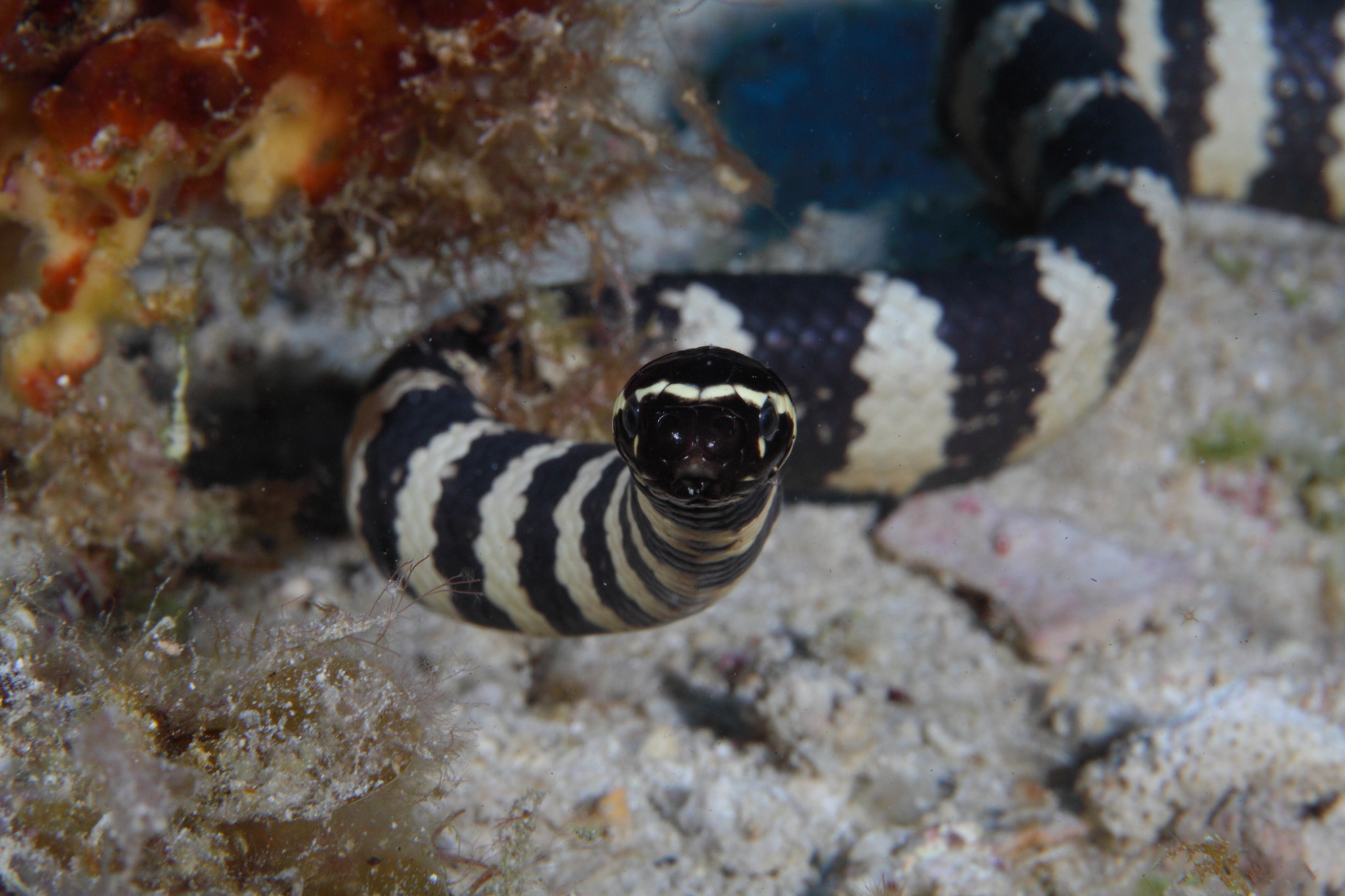Media release
From:
The Royal Society
The banded colour patterns of sea snakes discourage attack by predatory fishes, enabling Batesian mimicry by harmless species
Proceedings of the Royal Society B: Biological Sciences
Summary: Most venomous sea snakes are brightly banded in colour, and harmless species may benefit be resembling them - thereby fooling predators into avoiding them. As predicted by this idea, predatory fish readily attacked snake-shaped fishing lures that were painted black, but refused to attack black-and-white banded lures. Bright bands make a snake much safer in the ocean.
Attachments
Note: Not all attachments are visible to the general public.
Research URLs will go live after the embargo ends.

Research
The Royal Society, Web page
Please link to the article in online versions of your report (the URL will go live after the embargo ends).
Journal/
conference:
Proceedings of the Royal Society B
Organisation/s:
Macquarie University, The University of Sydney, Université de la Nouvelle-Calédonie, New Caledonia
Funder:
The work was funded by Macquarie University (internal
funding; no grant number) and New Caledonia University (internal
funding; no grant number).



 Australia; Pacific; NSW
Australia; Pacific; NSW



